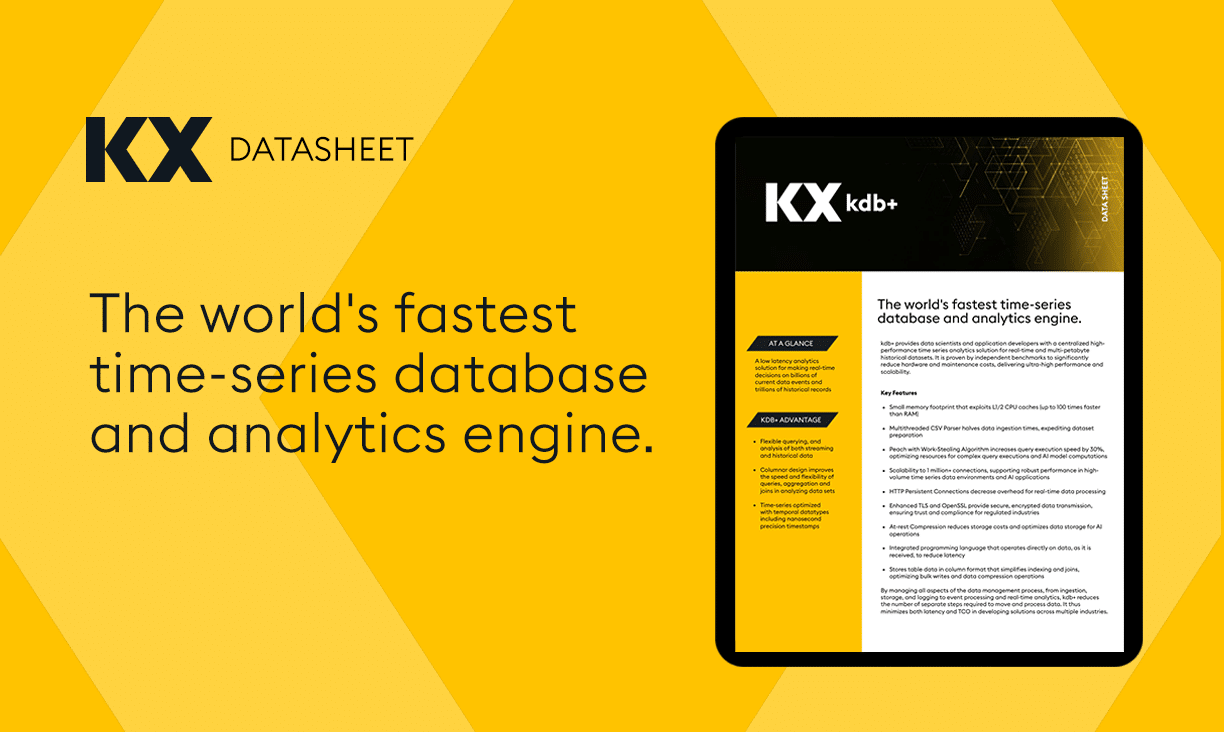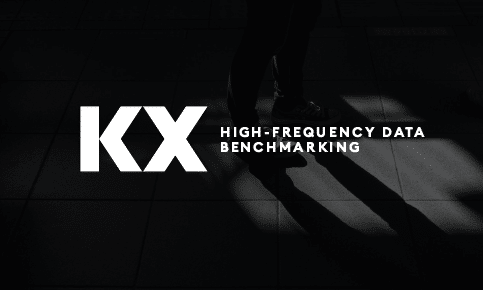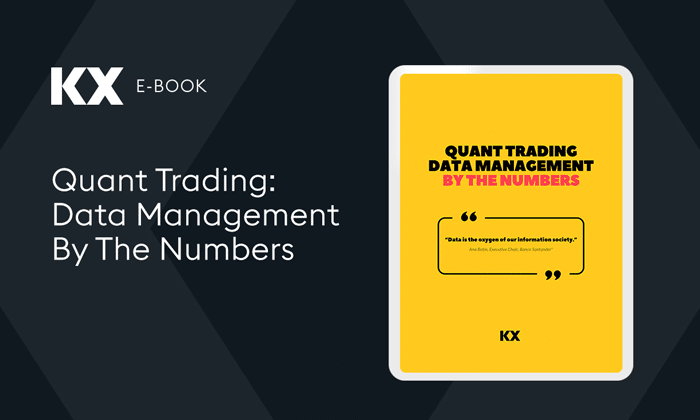By Rich Kiel
Today’s foreign exchange market is very different from what it once was, reflecting a reliance by market participants on new types of data and analytics in pre- and post-trade execution.
Foreign exchange was at the forefront of electronic trading dating back to the early 1980’s with the initial Reuters Monitor Dealing Platform, evolving into more sophisticated matching systems, the onset of internet-based single-dealer eFX platforms in the late 1990’s, multi-dealer platforms of the early 2000’s and a seemingly never-ending arms race around sophisticated automated pricing engines focused on speed, precision, distribution and risk management. The common denominator across this period was a focus on execution technology.
Fast forward to the present where a reduced appetite for risk, greater restrictions on the use of capital, and a decrease in trading experience of front office staff at many banks is creating a shift in the balance of power of traditional FX liquidity providers. You need not look any further than the recent release of the 2018 Euromoney FX Survey of Overall Market Share by Liquidity Provider. Names now appearing in the top 20 include Citadel Securities, Jump Trading, HC Tech and XTX Markets who impressively moved from a ranking of 12th in 2017 to 3rd in 2018 joining perennial FX powerhouses like JP Morgan, UBS and Citi.
We are now seeing trends that are focused not only on trade execution but also on the broader ecosystem that exists around it. KX recently sponsored a number of industry events where the current trends in eFX were largely focused on:
• Unleashing the power of data and analytics
• Growing adoption of algorithmic trading
• A focus on adherence to the FX Global Code
• Transforming FX ‘post-trade’ with blockchain and distributed ledger technology
• Cryptocurrencies and other digital assets
These trends could easily be the basis for the agenda at the next FX conference you attend, or any one of these trends could be the focus of the next webinar you are invited to. While execution technology may have been the common denominator in the past, data and particularly developing actionable insights from data, is the common denominator in the present and for the future.
Intelligent analysis of trading data will enable market participants to optimize their price making capabilities, better manage their liquidity providers, offer better execution to their customers and exceed regulatory requirements around best execution. Data is also heavily relied on to construct and optimize execution and risk management trading strategies and this is where much of the increase in algorithmic trading is focused. Many institutional investors have either increased and/or plan to increase their use of algorithmic trading strategies in the coming year.
Clearly data and analytics are the new arms race.
With significant progress having been made to define the FX Global Code we are now seeing its widespread adoption. At last count over 300 market participants from sell-side, buy-side and platform operators have signed a public register to support the FX Global Code. Many leading institutions are now investing in sophisticated surveillance software to ensure adherence as the industry progresses from punishing bad behavior to a focus on preventing it. At KX we have taken our market-leading multi-asset surveillance technology and adapted it to better align with the FX Global Code.
The final two trends are among some of the most polarizing we have seen in recent years, with lots of buzz around digital assets and cryptocurrencies and the role that blockchain and distributed ledger technology could have on transforming legacy market structures, particularly in the post-trade space. With rapidly growing adoption in the retail FX community, the institutional FX market is cautiously monitoring the market for cryptocurrencies and being extra vigilant when it comes to their participation.
Institutional players are, however, leading the way when it comes to evaluating and testing how the underlying blockchain or distributed ledger technology (DLT) can be used in other capacities such as transforming pre- and post-trade transaction processing in ways that can revolutionize market practices. But a word of caution: blockchain isn’t a silver bullet. Optimizing post trade processes for affirmation, confirmation, matching, netting, etc. using DLT doesn’t eliminate the need for other supporting technologies in the FX post trade processing environment. That’s where KX comes in. For an in-depth look at the role KX is playing in supporting blockchain and distributed ledger technology, please read our white paper.
To learn more about KX for Flow, visit us here.
Rich Kiel is SVP, global head of forex solutions at KX, currently based in New York City. He has extensive experience in the financial services industry including at UBS and Thomson Reuters.












